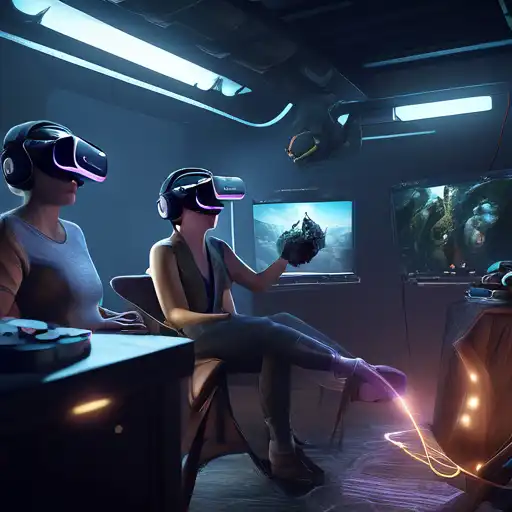Introduction to Virtual Reality
Virtual Reality (VR) has transformed the way we interact with digital content, offering immersive experiences that were once the stuff of science fiction. This guide will walk you through the essentials of creating captivating VR experiences, from conceptualization to execution.
Understanding VR Technology
Before diving into creation, it's crucial to understand the technology behind VR. VR headsets, such as the Oculus Rift and HTC Vive, provide a 360-degree visual and auditory experience, making users feel as though they're inside the digital world.
Designing for Immersion
Immersion is the key to a successful VR experience. This involves designing environments that are not only visually stunning but also interactive. Consider the user's perspective and how they will navigate and interact within the VR space.
Tools and Software for VR Development
Several tools and software platforms can help bring your VR visions to life. Unity and Unreal Engine are among the most popular for creating VR content, offering extensive libraries and community support.
- Unity: Known for its versatility and ease of use, ideal for beginners.
- Unreal Engine: Offers high-fidelity graphics, perfect for more complex projects.
Best Practices for VR Content Creation
Creating content for VR requires a different approach than traditional media. Here are some best practices to ensure your VR experience is engaging and comfortable for users:
- Optimize performance to prevent motion sickness.
- Design intuitive controls that feel natural to the user.
- Ensure your environment is detailed and interactive to enhance immersion.
Testing and Feedback
Testing is a critical step in VR development. Gather feedback from users to identify any issues with immersion, comfort, or interactivity. This feedback is invaluable for refining your VR experience.
Publishing Your VR Experience
Once your VR experience is polished, it's time to share it with the world. Platforms like SteamVR and Oculus Store are great places to publish your work and reach a wide audience.
Conclusion
Creating immersive VR experiences is a challenging yet rewarding endeavor. By understanding the technology, designing with immersion in mind, and following best practices, you can create VR content that captivates and engages users like never before.
For more insights into VR development, check out our VR Development Tips article.
